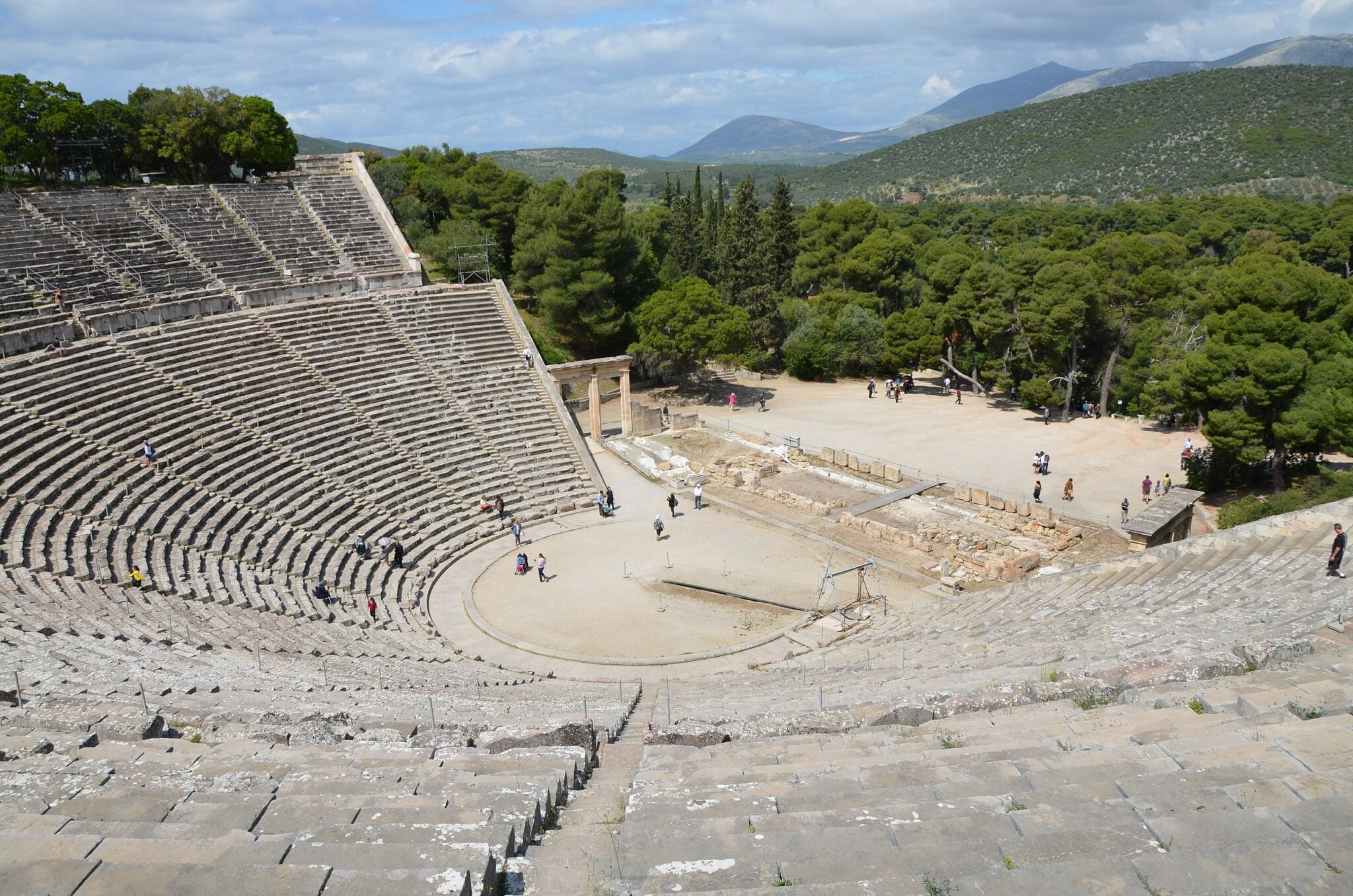Ancient Sound Technology and Vibrational Science
Throughout history, sound has been more than just communication — it has been a tool of transformation. From the echoing chambers of ancient temples to the mysterious resonance of megalithic sites, evidence suggests that ancient sound technology may have played a vital role in shaping architecture, rituals, and even healing practices. Were our ancestors aware of the physical and energetic power of vibration long before modern science rediscovered it?
Echoes from the Stones
Walk into the King’s Chamber of the Great Pyramid of Giza and hum softly.
You’ll feel the room respond. The granite walls seem to vibrate in sympathy, creating a deep resonance at around 440 Hz, precisely the frequency of modern musical tuning.
In Malta’s Hypogeum of Ħal Saflieni, a subterranean temple over 5,000 years old, low male chanting activates frequencies between 70–130 Hz—enough to induce measurable physiological changes in the brain.
Meanwhile, the Maya temples at Palenque and Chichén Itzá reflect bird calls and voices in startling, amplified patterns, as if engineered to magnify sound deliberately.
Such phenomena are no accident. They reveal a deep understanding of acoustic engineering that modern science has only recently begun to rediscover.
The Language of Vibration
Sound is not just heard—it’s seen.
When sound waves interact with matter, they produce visible patterns known as cymatics. Sand, water, and even metal plates form intricate geometric shapes when exposed to specific frequencies.
Remarkably, these patterns often resemble the motifs found on ancient temples, pottery, and sacred art. Spirals, lotus forms, and interlocking circles—perhaps not merely decorative, but representations of sound made visible.
Could it be that ancient artists and architects encoded vibrational science in their designs, embedding sound into the very stones of their civilization?
Healing Frequencies and Ancient Medicine
Ancient traditions often linked sound with healing.
Egyptian texts describe intonation rituals in temples. Indian Nada Yoga and Tibetan singing bowls use resonance to align body and mind. The Greek philosopher Pythagoras taught that musical intervals could restore health by “attuning the soul.”
Modern science is beginning to validate these ancient insights:
low-frequency sound therapy can improve circulation and reduce anxiety; ultrasound heals tissue; and resonance imaging reveals how vibration affects cells at a molecular level.
What the ancients may have practiced intuitively, we are now proving scientifically.
Vibrations in Stone and Sky
Archaeoacoustic researchers like Paul Devereux, Dr. Robert Schoch, and John Stuart Reid have demonstrated that many megalithic structures produce or amplify sound in measurable ways.
Stone circles such as Stonehenge, Göbekli Tepe, and Newgrange resonate at low frequencies—sometimes exactly those used in ancient chants or ritual instruments.
Could this acoustic design have served a practical purpose?
-
Communication: Low frequencies travel long distances—potentially a prehistoric signaling method.
-
Altered states: Resonance can induce trance-like experiences, facilitating ritual or vision.
-
Structural testing: Sound may have helped identify flaws or stresses in stone alignment.
-
Energy manipulation: Some researchers propose that resonance amplified electromagnetic fields, influencing both matter and consciousness.
While speculative, these hypotheses invite a broader understanding of ancient “technology”—not mechanical, but energetic.
Lost Knowledge or Forgotten Science?
If ancient sound technology truly existed, what caused it to vanish?
The likely culprits are familiar: cataclysms, cultural collapse, and the destruction of libraries such as Alexandria, Nineveh, and Nalanda, where vast treatises on science and philosophy may have once been stored.
Yet fragments of this acoustic knowledge survive—in myths of creation by sound (“In the beginning was the Word”), in mantras, in architectural resonance, and in oral traditions from the Americas to the Himalayas.
Perhaps the ancients never separated “science” and “spirit.” To them, sound was both—a tool of creation and a bridge between the physical and the divine.
Key Concepts and Clues
-
Resonant chambers: Pyramids, temples, and caves tuned to specific frequencies.
-
Cymatics: Sound-induced geometry revealing universal patterns.
-
Healing sound: Ancient use of vibration for health and spiritual alignment.
-
Archeoacoustics: Modern field uncovering sonic design in ancient architecture.
-
Energy and consciousness: Possible interaction between sound, matter, and the human mind.
The Inquisitive Horizon
What might happen if we relearned to “listen” to ancient structures—not just with instruments, but with intuition?
Could sound once have been the key to moving massive stones, as legends from Egypt and Tibet suggest?
Did ancient initiates know how to harness resonance to influence consciousness or even manipulate gravity?
We cannot know for certain—but as modern science rediscovers the power of frequency, vibration, and intention, the echo of ancient wisdom grows louder.
Perhaps sound is not just a phenomenon—but a forgotten technology waiting to be heard again.
Additional readings






